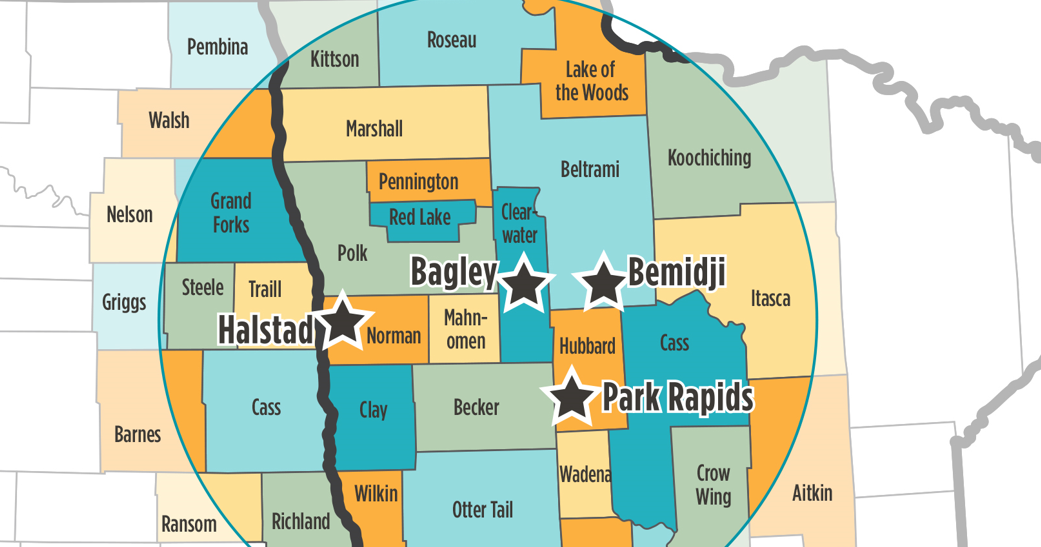Free Tuition Offered to Low-Income Students at University
University of Richmond Expands Financial Aid Program: A Game Changer for Low-Income Students
In an exciting announcement for aspiring students from low-income families, the University of Richmond has revealed plans to extend its financial aid program in an impactful way. Starting next academic year, Virginia students whose parents earn ,000 or less will receive a free education at this prestigious private institution. This news comes as universities across the nation grapple with rising tuition costs, with many striving to remain accessible to students from diverse economic backgrounds.
New Financial Aid Initiative: A Step Forward
In a statement released on Wednesday, UR President Kevin Hallock emphasized the school’s commitment to reducing financial barriers, stating, “We want to ensure that exceptional students at all points of the income distribution can envision themselves as Spiders.” The university’s initiative reflects a broader trend within higher education where institutions are increasingly recognizing the importance of making quality education more accessible to all, irrespective of financial background.
Historically, since 2006, UR has provided free tuition to low-income families through its program called Richmond’s Promise to Virginia. Until now, eligibility was capped at families earning ,000 or less, benefiting approximately 82 students. With the latest increase in the threshold, the university anticipates that more than 100 new students will qualify for financial support next year alone, a significant boost for low-income families looking to access higher education.
Understanding the Context: The Rising Costs of Higher Education
The announcement comes against the backdrop of soaring college costs across the United States, especially in Virginia. This academic year, for instance, the total cost of attendance at the University of Richmond – which includes tuition, housing, and meals – now averages around ,000. For many families, these figures are daunting, often forcing them to reconsider the feasibility of a private education.
The cost of attending college is not just a personal burden; it has significant social implications as well. The average undergraduate at UR paid approximately ,000 after scholarships and financial aid in the fall of 2022, a figure indicating the importance of external financial support for many students. In a state where about 15% of incoming freshmen hailed from Virginia last year, the new program is poised to create unprecedented opportunities for local students.
Voices from the Community
Among those sharing their experiences is Derek Lang, a recent UR graduate from Midlothian, who received free tuition under the previous financial aid parameters. Grateful for the assistance, Lang noted, “Had I not received that financial aid, I would have had to choose a different college entirely.” His sentiment reflects a common concern among students who often have to make difficult choices based on financial constraints.
A Competitive Landscape
Despite a competitive admissions landscape, where only about 24% of applicants gained entry last year, the University of Richmond remains committed to a need-blind admissions policy for U.S. students. This means that the financial situation of applicants does not influence their chances of acceptance, a significant step toward inclusivity in higher education.
However, UR, like many smaller institutions, faces challenges with enrollment. Over the past decade, the school has seen its student body shrink from around 4,200 to approximately 3,800. This decline can be attributed to various factors, including demographic changes, rising costs, and a growing skepticism among students regarding the value of a college education. Nevertheless, President Hallock has assured the community that the university’s small size is a key strength, allowing for a more personalized educational experience.
Comparative Initiatives
Leaving no stone unturned, other colleges in Virginia are also following suit to make education more affordable. For example, the University of Virginia has expanded its financial aid programs, covering tuition for in-state students with family incomes below 0,000, and fully covering room and board for those making less than ,000. Such initiatives signal a growing awareness among Virginia’s institutions regarding the necessity for equitable access to higher education.
Looking Ahead
As the University of Richmond prepares for the roll-out of this expanded financial aid program, one thing becomes abundantly clear: commitment to inclusivity and economic accessibility is becoming a defining feature of modern education. This move not only provides a pathway to higher education for many talented students but also reinforces the notion that a degree should not be a privilege reserved for the affluent.
By inviting more Virginia students into its community, the University of Richmond embarks on a path of hopeful inclusivity, prioritizing educational opportunities for all. The ripple effects of this initiative will undoubtedly foster greater diversity and enrich the university’s academic environment. As the academic landscape continues to evolve, UR sets a powerful precedent as it champions financial accessibility for low-income students.




